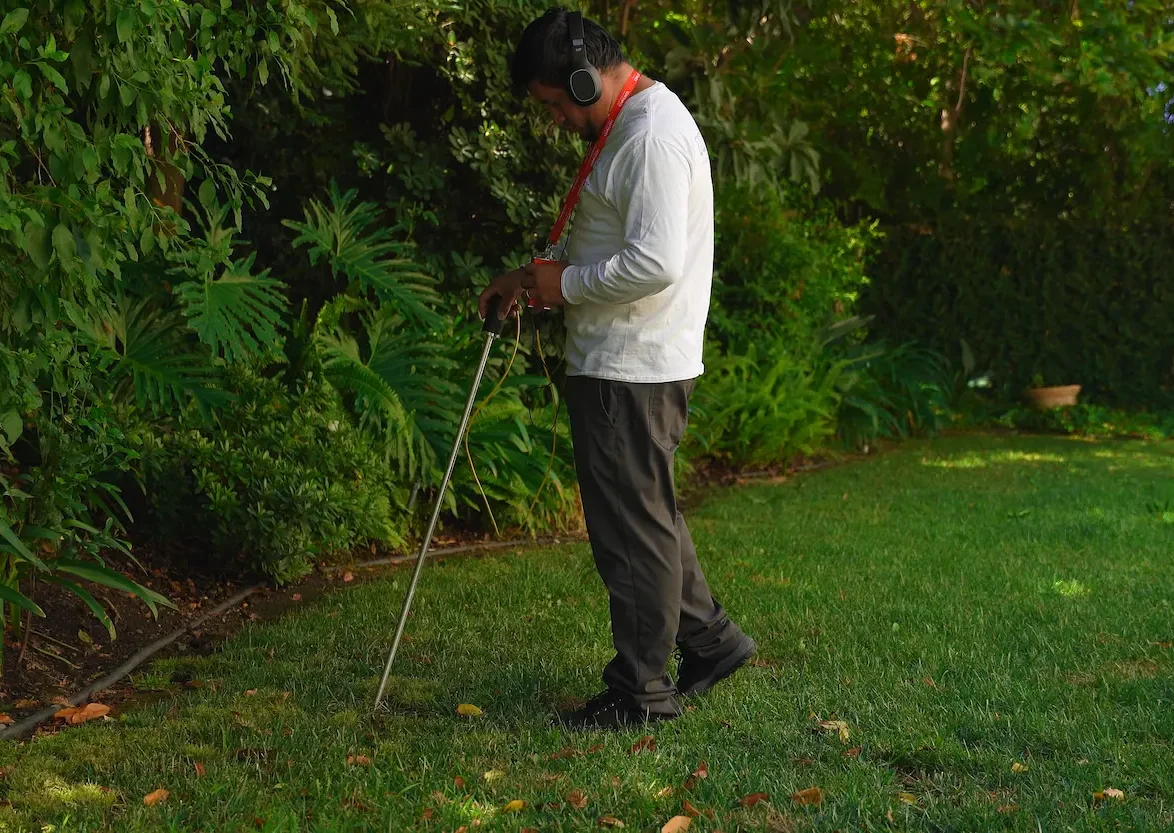Is your swimming pool losing water, but you must figure out why? Finding and fixing any leaks is important to keep enjoying your pool. This guide will show you how to check for leaks and repair any issues with your pool plumbing.
What Is a Pressure Test and Why Is It Essential for Pool Care?
A pressure test is a way to find leaks in your pool’s pipes. By pumping air into the pipes and checking for changes in pressure, you can find leaks that are hard to see.
The Importance of Pressure Testing in Pool Maintenance
- Prevent Water Loss: Unaddressed pool leaks can lead to significant water loss, increasing utility bills.
- Protect Pool Infrastructure: Leaks can damage the pool structure and surrounding areas.
- Maintain Water Quality: Leaks may introduce contaminants, affecting water chemistry.
How Do Leaks Occur in Swimming Pool Plumbing?
Leaks in swimming pool plumbing can occur due to:
- Aging PVC Pipes: PVC pipes can crack or rust over time.
- Faulty Fittings: Poor installation can lead to leaks at the joints.
- Ground Movement: Soil shifts can damage underground plumbing lines.
Signs Your Pool May Have a Leak
- Unexplained Water Loss: If you add more water than usual, you might have a leak.
- Air in the System: Bubbles from the return lines show air entering through leaks.
- Wet Spots Around the Pool: Damp areas on the pool deck suggest underground leaks.
Equipment Needed to Pressure Test Pool Lines
To conduct a pressure test effectively, you’ll need:
- Pressure Testing Kits: Professional kits like LeakTronics Pressure Test Kit are recommended.
- Plugs: To seal off lines such as the skimmer and main drain.
- Pressure Gauge: To monitor the pressure in the line.
- Garden Hose: Used to introduce water and pressurize the lines.
- Pressure Regulator: Ensures you don’t exceed safe psi levels.
Step-by-Step Guide: How to Conduct a Pressure Test
1. Plug the Lines
- Plug the Main Drain and Skimmer: Use appropriate plugs to seal off these openings.
- Seal Return Lines: Ensure all return lines are securely plugged.
2. Connect the Pressure Tester
- Attach the pressure tester to the line you want to test.
- Ensure all connections are tight to hold pressure effectively.
3. Pressurize the Lines
- Turn on the Water: Use the garden hose to introduce water.
- Pressurize Slowly: Gradually increase to 15 psi, monitoring the pressure gauge.
- Watch the Pressure Gauge: A steady reading indicates no leaks.
4. Monitor for Pressure Loss
- Pressure Holds: The line is leak-free if the pressure remains steady.
- Pressure Drops: A pressure drop indicates a leak in the pool plumbing.
Interpreting the Results
- Minor Pressure Loss: Could indicate small leaks or multiple leaks.
- Rapid Pressure Loss: Suggests significant leaks needing immediate attention.
Common Areas Where Leaks Occur
- Plumbing Lines: Cracks in PVC pipes or plumbing leaks at joints.
- Fittings: Issues with fittings can cause leaks under pressure.
- Equipment: Leaks in swimming pool equipment like pumps and filters.
Why Choose LeakTronics for Leak Detection?
LeakTronics is a leading manufacturer of water leak detection equipment, offering:
- Professional-Grade Tools: Accurate and reliable pressure testing kits.
- Comprehensive Solutions: Tools for both detection and repairing leaks.
- Support and Training: Resources for pool owners and contractors.

Safety Precautions During Pool Pressure Testing
- Do Not Exceed 20 PSI: Higher pressure can damage the pool plumbing system pressure.
- Use a Pressure Regulator: Maintains safe water pressure levels.
- Protective Gear: Wear safety glasses and gloves.
Tips for Effective Leak Detection
- Test All Lines: Including suction and return lines.
- Regular Maintenance: Incorporate pressure testing into your pool maintenance routine.
- Monitor Water Levels: Monitor the water level for signs of leaks.
Conclusion: Keep Your Swimming Pool Leak-Free
Regularly pressure testing your pool lines is crucial for maintaining a healthy pool system. With the right equipment from LeakTronics and proper techniques, you can fix leaks promptly, ensuring your pool remains a source of enjoyment without the additional cost of major repairs.
Key Takeaways
- Pressure Test Regularly: Essential for early detection of leaks.
- Use Professional Equipment: LeakTronics offers reliable pressure testing kits.
- Safety First: Never exceed recommended psi levels.
- Professional Help: Consider hiring a pool service company if unsure on Find-A-Pro.






